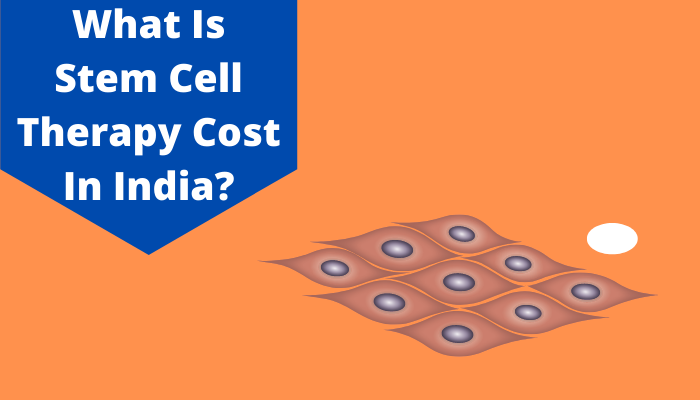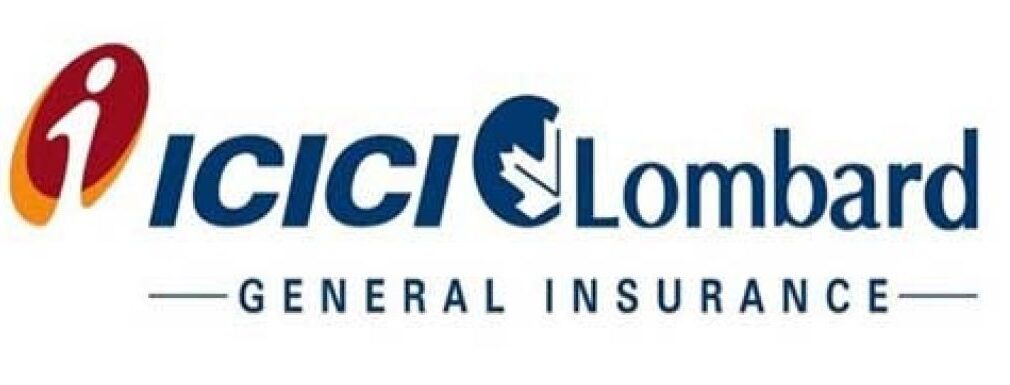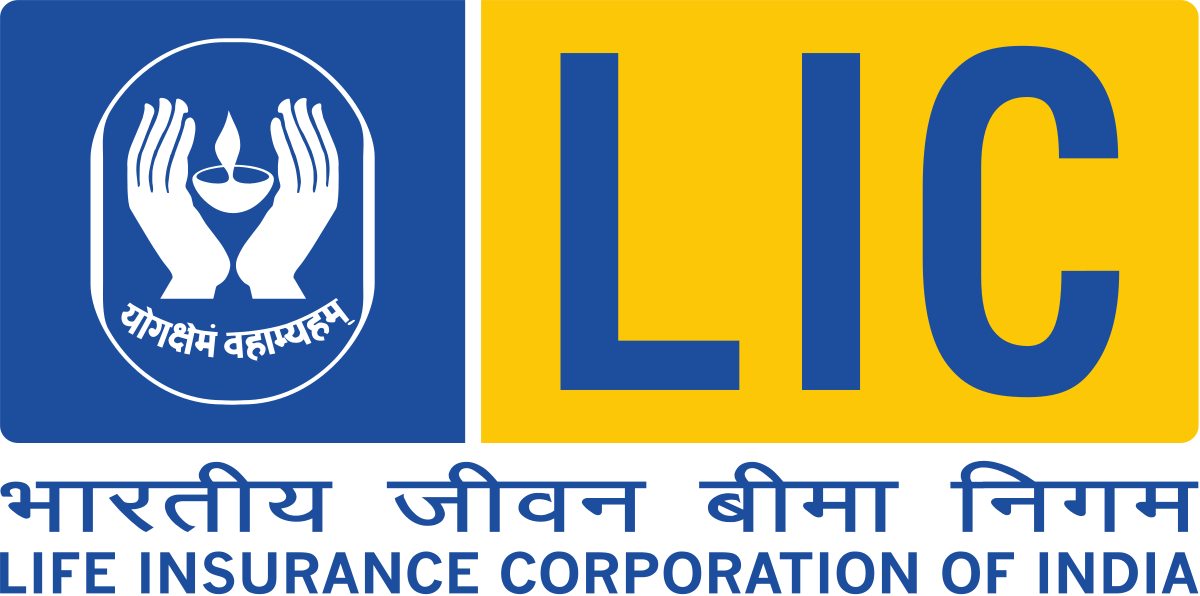How can I Lower the Risk of Cancer Moving to Next Stage?
Cancer is a set of diseases which can grow anywhere in the body. It begins with an abnormal cell development which further gets divided infinitely. Cancer cells spread uncontrollably and destroy surrounding organ tissues. It is the second-leading death-causing disease in the world.
Though it is a troublesome disease and might completely demolish the affected organ, this doesn’t mean that the chance of survival is ruled out. People from all the age groups get cured of cancer and live the life to the fullest. The requirement is that the cancer is detected early so that adequate steps can be taken to cure the cancer.
What causes cancer?
Studies reveal some specific risk factors might increase the likelihood for you to developing cancer. Initially, these risks factors are linked to epidemiology studies. Epidemiology is the analysis of distribution and determinants of health conditions in a specified region. These risk factors can be divided into five branches-
- Lifestyle-related factors
Tobacco, Alcohol, Sleeping routine, obesity, staying unfit.
- Working environment-related factors
Industrial Toxins, tar and pitch, polychlorinated biphenyls (PCB’s), benzene, asbestos fibres.
- Diet-related factors
Unhealthy diet, saturated fats, red meat, hot meal wrapped in plastic, nitrates and hydrocarbons from the barbecue.
- Bacteria and Virus-related factors
HIV/AIDS, Hepatitis, HPV(Human Papilloma Virus), Helicobacter pori.
- Radiation-related factors
Ionised radiation (X-ray, soil radon)
Non-Ionised radiation (UV-rays of the sun).
- Family-related factors
If cancer is a hereditary problem, it might run into you through your genes.
Various stages of Cancer
Cancer stages can be described in the background of two staging systems.
- Number Staging System
- TNM Staging System
Number Staging System-
Under this system, doctors assign the number to the stages depending on level cancer. These tell you how advanced the cancer is.
- Stage 0-
Carcinoma in Situ (CIS). Doctors refer to CIS as stage 0, which signifies a group of abnormal cells in a specific area of the body. These cells might have potential and might show autonomous growth into carcinomatous cells.
- Stage 1-
This is the early stage which signifies that the cancer is small and is present in only one area. At this point, the problem is still local and has not spread to other areas.
- Stage 2 & 3-
In this stage, cancer becomes larger than that in the previous stage. Now cancer has spread into the adjacent tissues and the cancer cells are in the lymph nodes.
- Stage 4-
It is a very critical stage and normally from this stage the recovery is almost next to impossible. That means; cancer has spread its tentacles to another body organ. This is the most critical stage.
To classify it into further sub-stages, doctors sometimes use letters A, B or C . Example – 2B lung cancer. This is a more granular system of naming the cancer stage.
TNM Staging System-
It is the most common and widely used cancer staging system. Majority of hospitals use TNM as the fundamental method for cancer reporting. TNM stands for Tumour, Node, Metastasis.
- T describes the size of the main tumour and the extent of spread in the adjacent cells. Numbers like 1,2,3,4 are assigned to measure the size surrounding.
- N describes the number of surrounding lymph nodes that have cancer. It ranges between 0-3, 0 means no lymph node has cancer and 3 means the extreme spread of cancer.
- M describes whether cancer reached to another body part. It is numbered either 0 or 1. 0 signifies no spread of cancer to other body parts, and 1 signifies cancer has spread to another body part. Altogether it is written as T2N1M1, T3N2M0 etc where each letter is produced by a number.
How can I reduce the likelihood of cancer moving to next stage?
Cancer is caused due to abnormal cell division. Some factors can be controlled and some cannot. As precaution against all these factors can reduce the possibility of cancer moving to the next stage, few suggestions are listed down-
- Screening tests-
Screening includes certain types of tests for checking your body for cancer before any symptoms appear. Cancer cells are very small, have not spread and are easy to get treated. Doctors suggest cancer screening tests to find out cervical, colorectal (colon) and breast cancers at an early stage. This lowers the count of people who die from cancer and treats the disease beforehand. Especially, it is advisable for those who are at high risk of lung cancer.
- Quit Smoking-
Consumption of any kind of tobacco pushes you closer to the risk of cancer. People who smoke have the greatest exposure to lung cancer. Smoking has been connected to different types of cancer – lung, kidney, bladder, mouth, throat, pancreas and cervix. The risk of cancer increases with the prolonged consumption and the number of cigarettes you smoke per day. Even exposure to passive smoking increases the risk of lung cancer substantially. Over time, if you quit smoking, you will notice a crucial change in your body and fortunately, you can rule out the chances of lung cancer.
- Moderate Liquor Consumption-
It might be a case of drinking alcohol. If you are into drinking, it is advisable to you to drink within a specific limit. Exceeding the limit could increase the possibility of various cancers including cancer of the colon, liver, larynx ( voice box ), kidney, oesophagus (food pipe).
For women, it might increase the risk of breast cancer. This includes both biological and chemical processes. The ethanol in alcohol separates to acetaldehyde, which is a cancer-causing agent. The resulting compound harms the DNA and prevents the cells from fixing the harm. This could permit cancerous cells to develop. Liquor could influence levels of chemical hormones like oestrogen. This causes more cell partition which further increases the chance for cancer to develop.
- Healthy Diet-
Research shows that having a proper balanced diet including fruits, vegetable, whole grains and other kinds of fish and poultry products could lower the growth of cancer cells. Whereas, on the other side of the coin, the consumption of saturated fats or red meat products can raise the risks of development of colon and prostate cancer. For women, the consumption of Mediterranean diet could cure breast cancer. Mediterranean diet chooses olive oil instead of saturated fats and fish over red meat.
- Regular Exercise-
Staying dynamic and lean can prove to be a lifesaving option. It reduces the risk of various types of cancer including breast, colorectal and uterine cancer. You need to anticipate any kind of physical activity or workout for a few hours every day. Since Expanded levels of certain hormone could build up cancer growth. Indulging in exercise further helps you in maintaining weight. This lowers down the possibility of breast and colon cancer. Workout assists your body in controlling the hormone levels.
- Protection from Sun-
Excess of exposure to Sun and radiation can cause you indelible damage. Constant sun rays can result in sunburn. This damages the skin cells. UV rays from Sun are the critical reason behind lung and skin cancer.
Whenever, you need to go and get exposed to the outside environment, try to cover the complete body. Nobody part must be left uncovered. Also, avoid tanning beds and sunlamps, since they are no less than threatening than the sunlight.
- Medical Care-
Complete medical care can act as resistance to cancer to advance in the next stage. Since health is the utmost priority, you need to ensure certain points-
- Avoid Vulnerability to toxins-
Exposure to industrial and environmental toxins like aromatic amines absorbs fibres and other industrial chemicals can prove to be disastrous for your skin.
- Avoid risky behaviour-
Avoid infections like hepatitis viruses of HIV. These are either sexually transmitted diseases or via sharing of needles.
- Get vaccinated-
Doctors recommended you to get vaccinated against hepatitis B and Human Papillomavirus(HPV), Hepatitis B increases the chances of growth of liver cancer and HPV is a sexually transmitted virus, which develops crucial and genital cancers.
Also, get enough vitamin D. It helps you to lower the likelihood of colon and prostate cancer.
Wrapping up the discussion
Prevention is way better than recuperation since it saves the hassles of getting sick. What’s thought about cancer prevention is yet advancing. Cancer is brought about by the collected damage to genes. Such changes in body cells might be because of possibility or exposure to various factors causing the mutation of cancer cells. Restricting your exposure to avoidable risk elements would bring down the possibility of building up specific cancers and preventing them from advancing into the next stage.
There are 200 types of cancer and most of them are curable. Every cancer has it’s own degree of risk and its unique features. Most common cancers worldwide are- Cancer might develop in any part of the body. Before taking complete shape, they show some signs and symptoms. These symptoms would change contingent upon which part of the body is affected. Five types of symptoms that you shouldn’t ignore are- Metastasis is a terminology used to describe the process of the tumour spreading to different body parts from where it started. Tumour can spread through three body systems-”Lower
What are the most common types of cancer?
Breast Cancer
Kidney Cancer
Bladder Cancer
Lung Cancer
Colorectal Cancer
Uterine Cancer
Melanoma
Pancreatic Cancer
Prostate Cancer
Thyroid CancerI often feel pain in my stomach and problem in swallowing. What more symptoms can I cross-check to get sure that medical cancer treatment is needed?
Mouth changes-
Pain in the mouth, oral problem, bleeding and numbness in the lip, white or red patch on tongue.
The problem in eating-
Difficulty swallowing, persistent fatigue, stomach pain, nausea, vomiting.
Bowel changes-
Change in frequency of bowel movements, hoarseness, abdominal pain, blood in stools.
Bladder changes-
Irritation of bladder lining, change in colour of urine to pink, orange or dark red, blood in urine, pain when urinating.
Breast changes-
New lump, discolouring of the skin, nipple discharge, irritation of breast skin.What is metastasis and how does tumour spread?
Circulatory (Blood) System
Lymphatic System
Body wall into the chest and abdominal cavity
Metastasis represents the M in the TNM score for cancer seriousness.




























